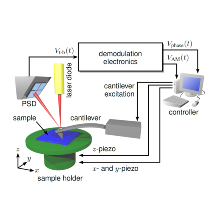Sensor principles and integrated interface circuits
Summary
The growing interest in the field of smart sensors have set new limits on realizing different sensors that are capable to capture myriad types of signals. Moreover, highly efficient integrated circuits are engineered to amplify, filter or generally readout these signals without reducing their quality. Consequently, different circuit techniques are incorporated to capture different signals according to the system’s speed, noise and precision requirements as well as being able to interface the sensor in possession (such as magnetic, resistive, temperature or capacitive sensors).
Contents
In this lecture, students will gain knowledge on different types of sensors. Moreover, noise generated by sensors and the integrated electronics will be explained since noise represents being the bottleneck of most integrated interface systems. Afterwards, different readout concepts will be discussed as well as real circuit implementations designed to be able to extract the signal to be measured. Finally, an overview of different data converters used to convert the measured analogue signal to a digital signal used for digital signal processing will be discussed.
Organization
- Lecture: Dr. Zili Yu
- Seminar: M. Sc. Fatemeh Ansari
- Module description, contents, and timetable in C@mpus
- Lecture notes in ILIAS
Contact

Jens Anders
Prof. Dr.Institute Director



